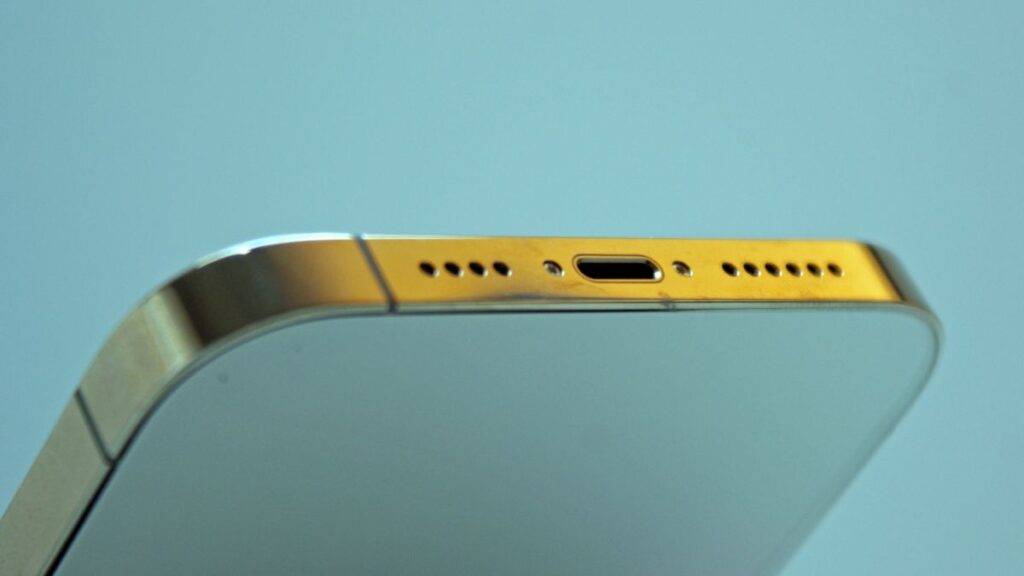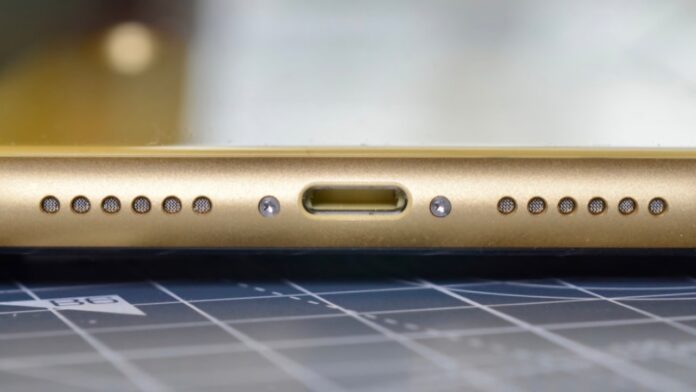Finally, a rule requiring USB-C ports on all new smartphones starting in 2024 has been passed by the EU.
The rule, which a press release(opens in new tab) states will go into effect starting “the end of 2024,” also applies to tablets and cameras, but it will have the most effect on smartphones, particularly iPhones because they are the only popular smartphone that does not currently use USB-C.
Even brand-new models, like the iPhone 14 Pro, are still powered by Apple’s ageing proprietary Lightning port, but due to this regulation, Apple will soon be required to offer USB-C in the EU at the very least.
In actuality, this means that Apple will most likely implement the change with the iPhone 16 at the latest. However, given that the press release states that “the new rules would not apply to products placed on the market before the date of application [of the rules],” it’s possible that Apple will hold off until the iPhone 17.
Despite this, it’s still feasible that Apple will make the switch even earlier with the iPhone 15, especially given the numerous reports suggesting that the iPhone 15 line may employ USB-C. Additionally, Apple has already switched its iPads over to USB-C, so it only seemed a matter of time before its phones would follow suit.

Analysis: Some space for manoeuvre
There are alternatives to replacing Lightning connectors on future iPhones around the world with USB-C, which is the most straightforward and likely solution for Apple.
For starters, since this rule only applies to the EU, Apple may decide to limit sales of Lightning-compatible iPhones in other places and only provide USB-C models in the EU. However, doing so would require producing two notably distinct versions of each of its phones, which sounds like more work – and perhaps expense – than it’s worth.
It already achieves this to some extent with the current iPhone 14 series, which does away entirely with a physical SIM card slot in the US and instead relies solely on eSIM technology, although the SIM tray is still there on models sold in other international markets.
Although it is technically possible for Apple to retain the Lightning port as long as a USB-C port is present as well, this seems incredibly unlikely given that they aren’t designed to directly compete with the best gaming phones currently on the market, some of which have two ports for both portrait and landscape charging.
Finally, Apple may completely abandon connectors and use wireless charging and data transfer on all future phones. While rumours of a portless iPhone have been circulating for some time, we believe that, if one does materialise, it will be after 2024.


